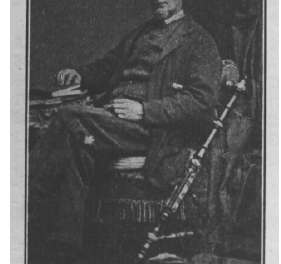Submitted by Brian Roulston
New Year’s is one of the worlds greatest celebrations we observe aside from Christmas and Easter. But do we know why? This festivity was started some 4000 years ago in ancient Babylon located in what is now known as Hillah, roughly 85 km south of Baghdad, Iraq. For the Babylonians, the first new moon following the vernal equinox, the day in mid-March when there are equal amounts of sunlight and darkness, would be the start of a new year. It was celebrated with a massive religious festival called Akitu that involved different rituals on each of its 11 days celebrating the mythical victory of the Babylonian sky god Marduk over the evil sea goddess Tiamat.
The first time New Year’s was held was on January 1st was in ancient Rome
153 BC. However, this date was not always strictly nor widely observed and would sometimes be celebrated on March 1. When Europe and the American colonies adopted a reformed Gregorian Calendar in 1752 January 1st became the official New Year’s Day.
Different cultures may celebrate New Years on days other than January 1st. The Chinese New Year’s first day of the new year falls on the new moon between January 21st and February 20th. In 2017 the first day of the Chinese New Year will be on Saturday January 28th. Many Orthodox Christians will celebrate Orthodox New Year (also widely known as the Old New Year) on January 14th under the Gregorian calendar.
Every year as the clock approaches 11:59 EST December 31st in New York City’s Times Square the world will watch the dropping of a giant 5400 kg ball covered in 2700 Waterford crystals lit by 32,250 LED bulbs. This dropping is timed to the second, once it reaches bottom of its 13.1 meter drop 60 seconds will have passed making it officially New Year’s in North America.
On New Years day in Pasadena California the Tournament of Roses Parade, a 9 km long parade winding down Colorado Boulevard is attended by well over one million people and watched by tens of millions more worldwide on TV or streamed live on the internet.
Each country, culture and ethnic group may celebrate based on their traditions. In Spain and many other Spanish speaking countries people will eat a dozen grapes just before midnight, symbolizing their hopes for the upcoming new year. In Sweden and Norway rice pudding is served with an almond hidden inside. It is believed whoever finds the nut can expect 12 months of good fortune.
Not only did the Babylonians invent the concept of New Years, they were the first to make New Year’s resolutions vowing to pay off debts and return borrowed farm equipment to favor the Gods and start the new year off on the right foot.
The Polar Bear Dip is yet another New Year’s tradition throughout Canada and the U.S. and the U.K where people swim in icy cold lakes and other bodies of water on New Years day.
From all of us at the North End Breezes enjoy a safe, happy and prosperous New Year no matter how or when you celebrate it.






